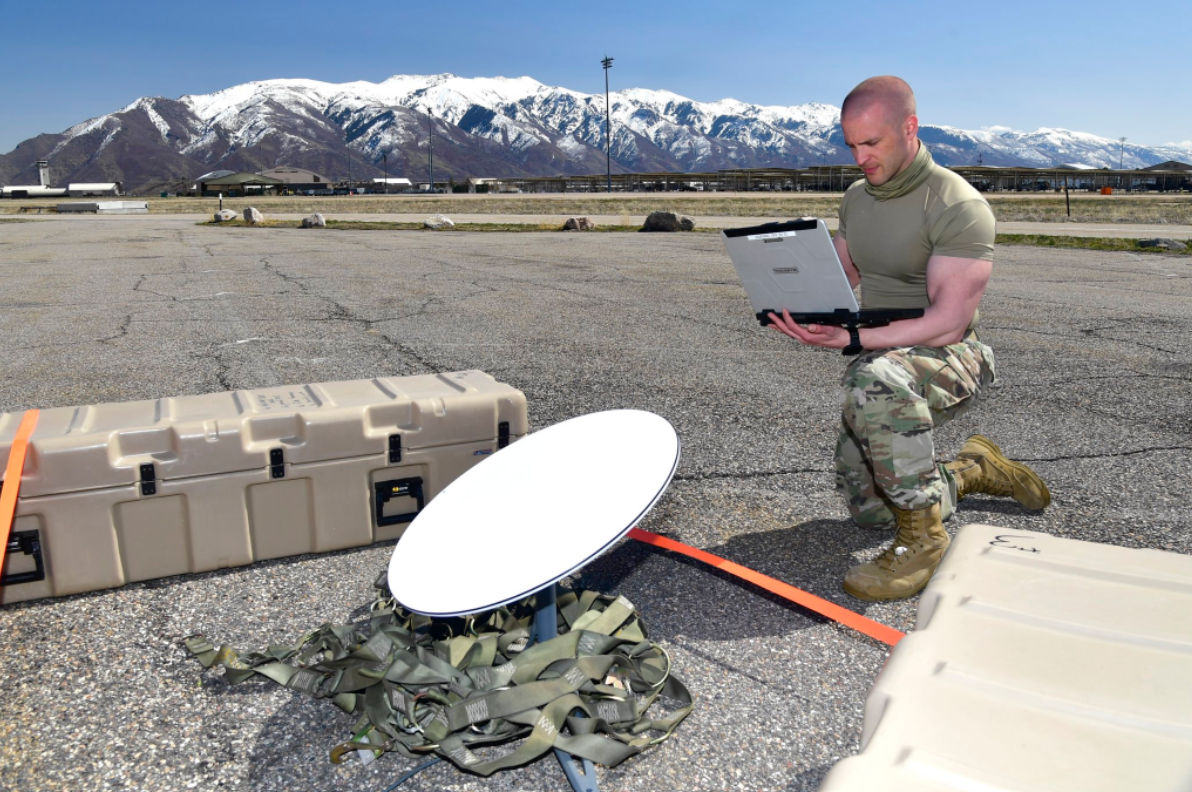The United States is helping ship SpaceX’s Starlink internet terminals to Ukraine to help prepare Kyiv for the possibility of Russian attacks on the country’s communication infrastructure.
The delivery of the satellite internet terminals is being facilitated by the US Agency for International Development (USAID), which has, till date, delivered 5,000 Starlink terminals to the war-torn eastern European country. According to USAID, SpaceX donated 3,667 internet terminals, while the agency bought the remaining 1,333 from the company and shipped them to Ukraine.
The terminals, which look like small television dishes, allow people in remote regions without ground-based connectivity to access high-speed internet.
Also read | ‘Major war crimes’ being committed by Russia in Ukraine, says Joe Biden
“The Starlink satellite terminals will enable unlimited, unthrottled data connectivity from anywhere in Ukraine. The terminals will allow public officials and critical citizen service providers to continue to communicate within Ukraine and with the outside world, even if Putin’s brutal aggression severs Ukraine’s fiber optic or cellular communication infrastructure connections,” the agency said in a statement on Tuesday, while announcing the delivery of the terminals.
USAID’s statement comes days after SpaceX President Gwynne Shotwell, told the audience at the Satellite 2022 conference in Washington, “I’m proud that we were able to provide the terminals to folks in Ukraine. It’s been enormously helpful, I think, to ensure people are still communicating,” adding that the company had sent “thousands” of internet kits to Ukraine since the beginning of the Russian invasion.
Also read | Fashion brand Chanel restricts sales to Russians abroad amid Ukraine war
However, Shotwell denied reports that the US government was sponsoring the move, and said, “I don’t think the U.S. has given us any money to give terminals to the Ukraine.”
Regardless of the question of funding, the shipment of Starlink terminals to Ukraine mark the latest attempts by Elon Musk‘s SpaceX to help Kyiv maintain communications with the outside world.
Days after the invasion of Ukraine began on February 24, Musk had responded to President Volodymyr Zelensky‘s calls for help, and had activated the Starlink satellites over Ukraine to enable access to high-speed internet even in the case of disruptions to communications. He had further promised that more satellites were “en route” to bolster connectivity in Ukraine.







